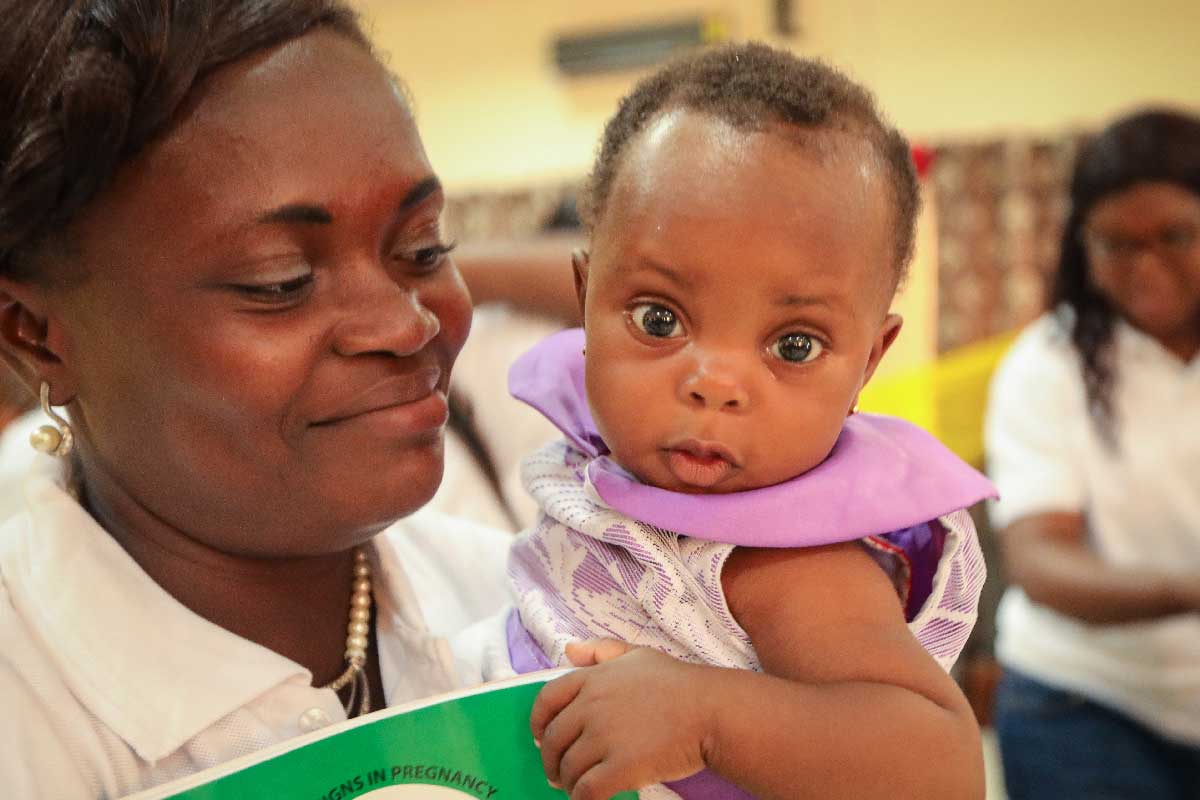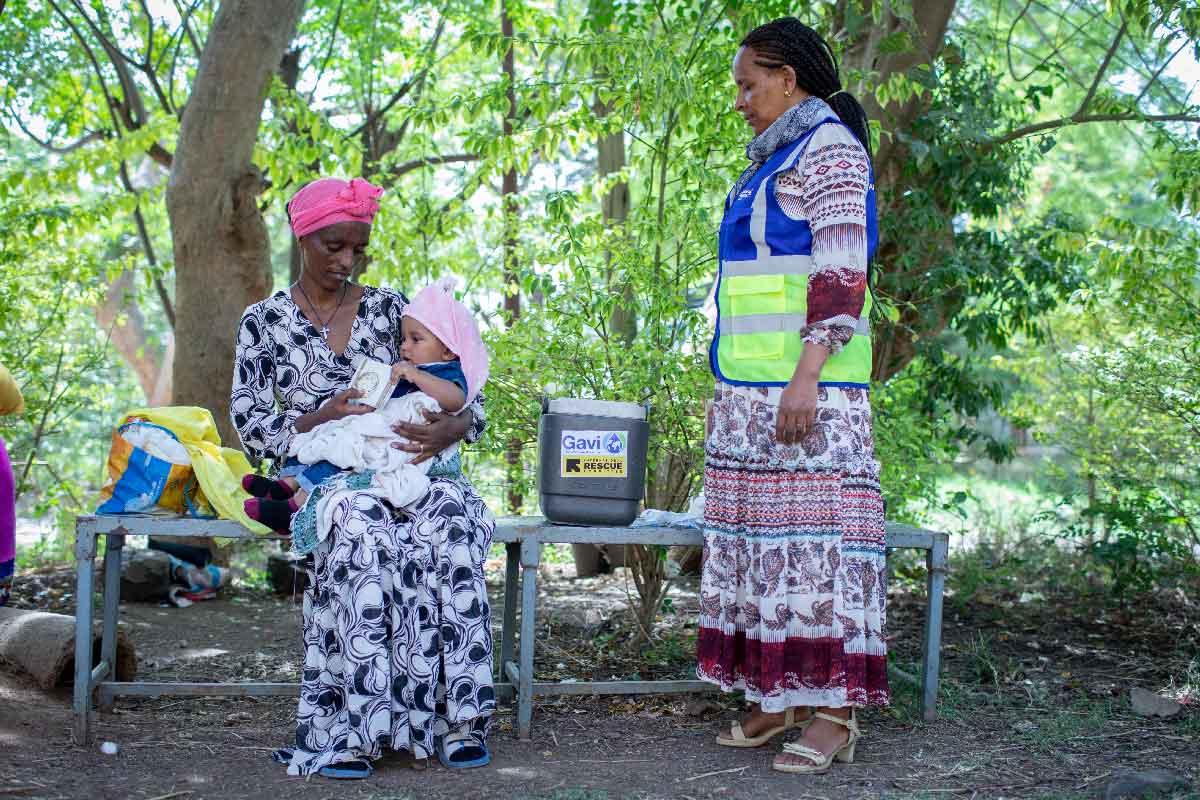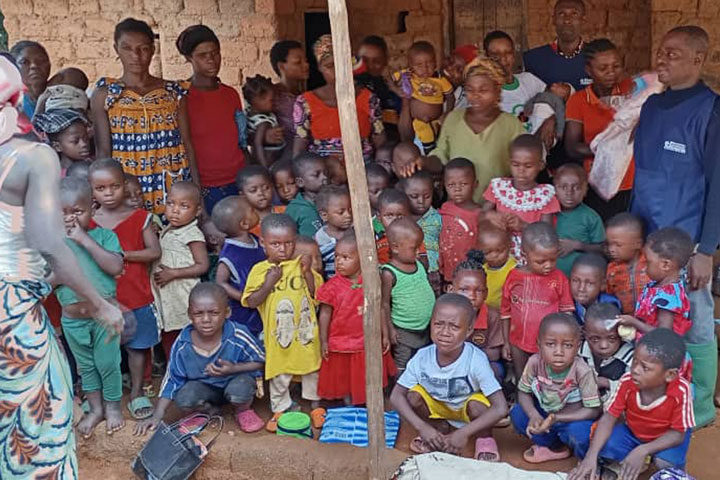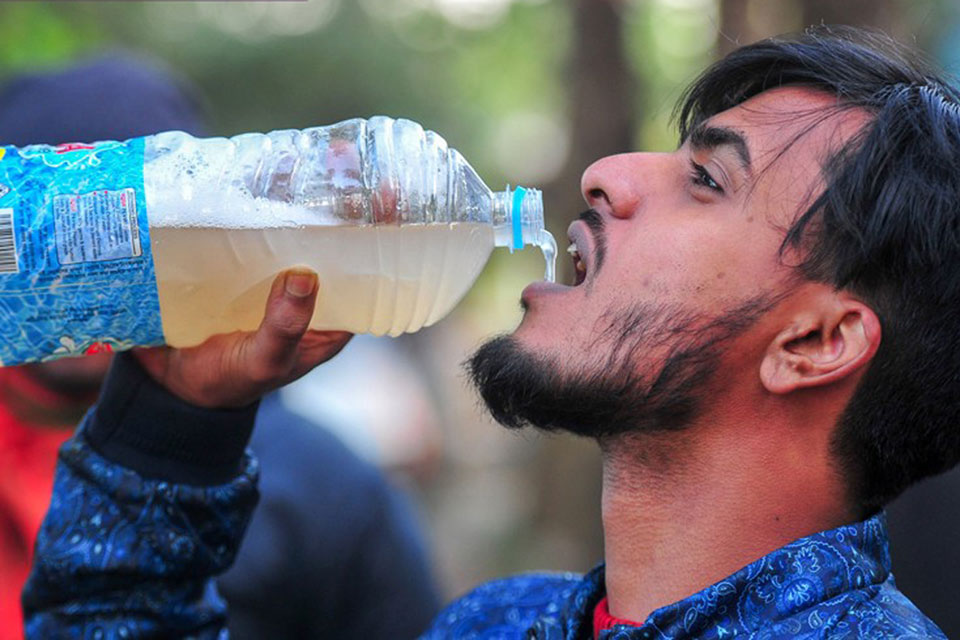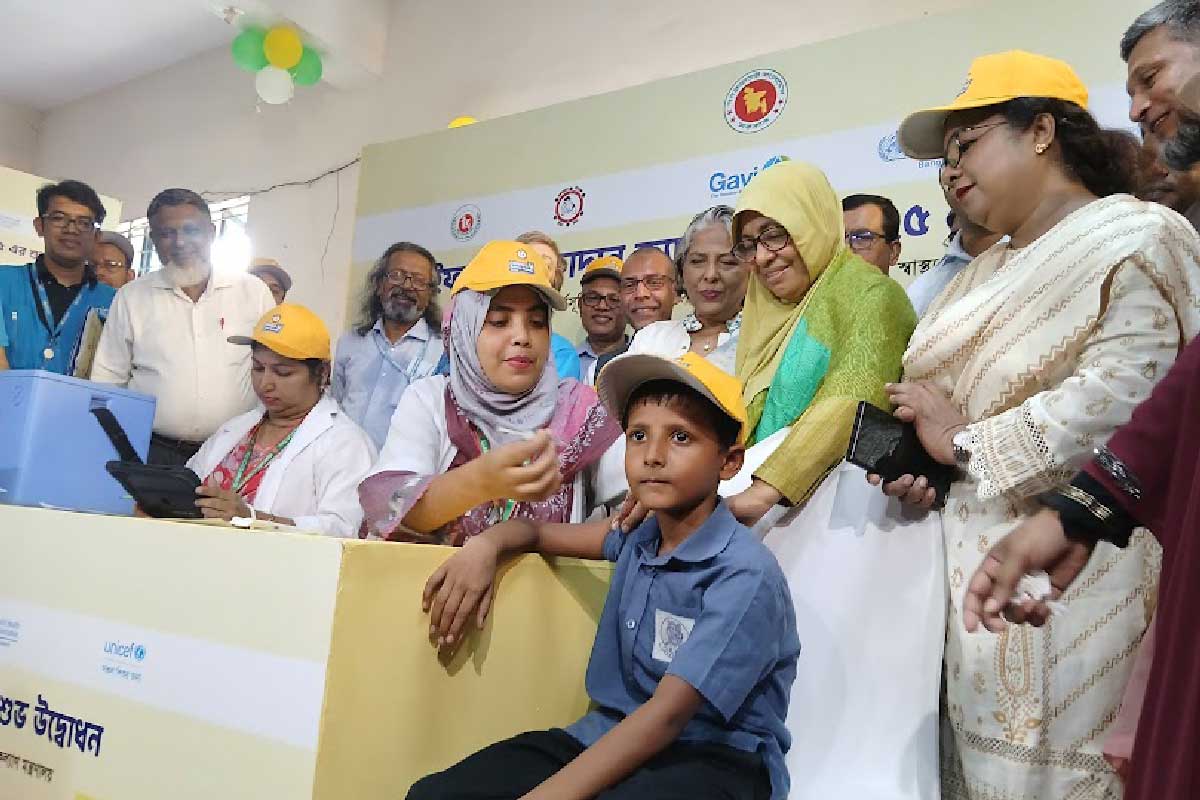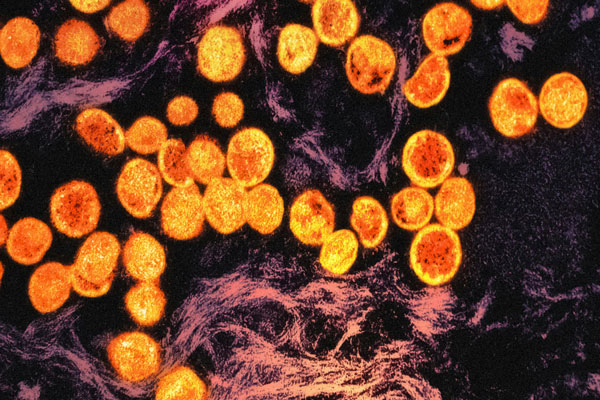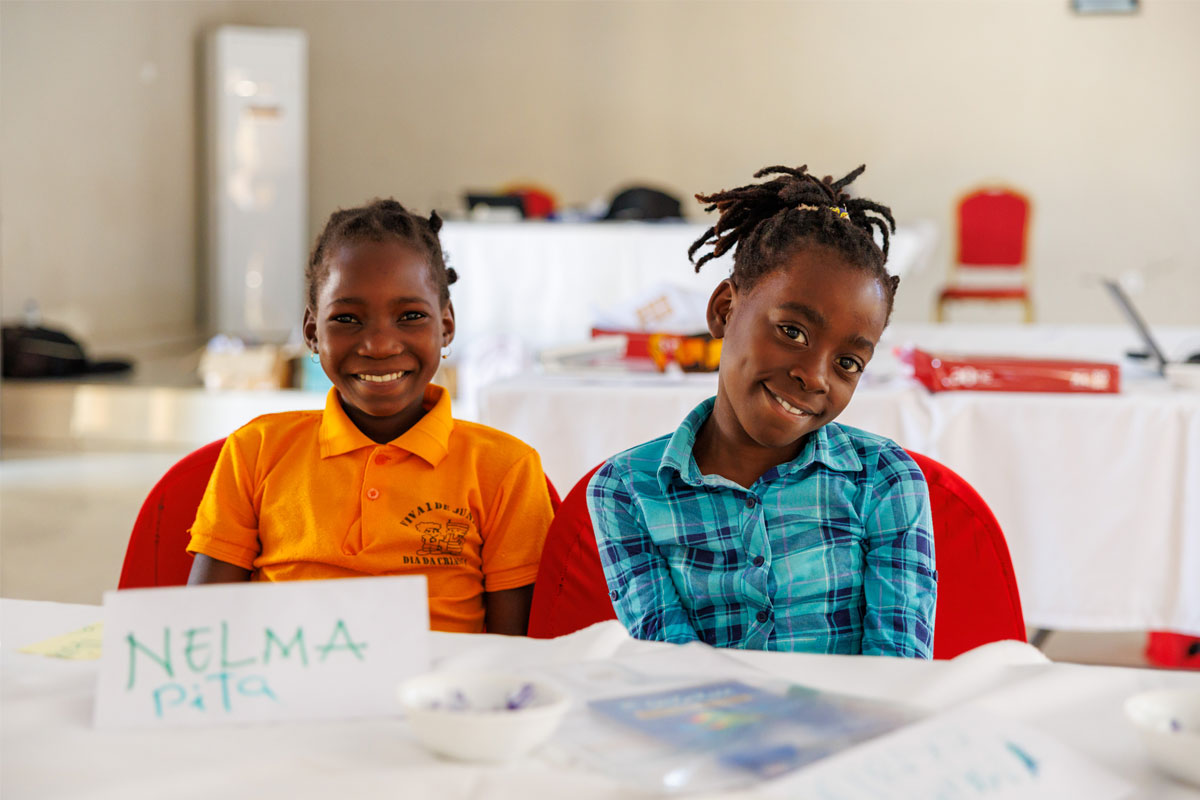Study: tackling equity gaps and misinformation key to meeting global vaccine targets
A new report shows how pandemic-related disruptions are threatening global efforts to protect all children through vaccines.
- 7 July 2025
- 5 min read
- by Linda Geddes
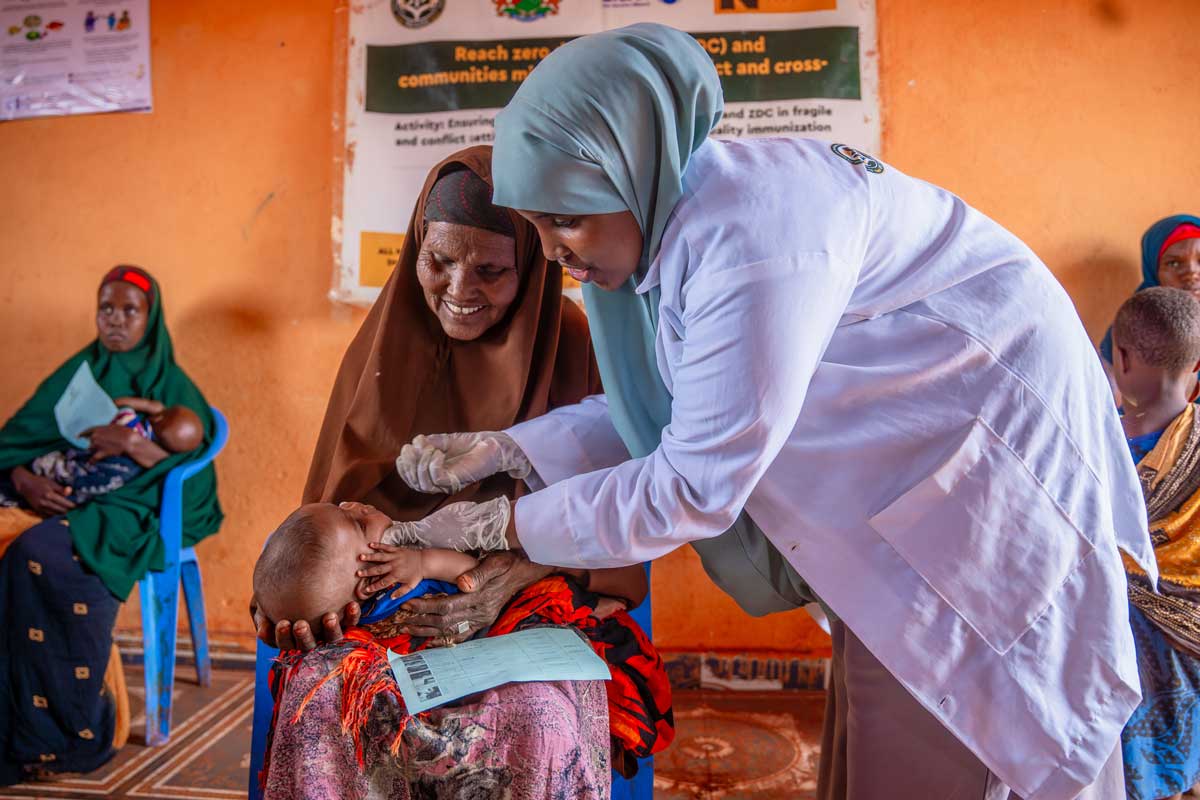
The world risks missing 2030 global immunisation targets without focused, equitable strategies to boost coverage, stronger primary healthcare, and a coordinated push to combat vaccine misinformation and hesitancy, a new in-depth analysis warns.
The research, funded by Gavi and the Gates Foundation, also confirms previous UN estimates that the COVID-19 pandemic has significantly set back progress towards meeting these targets – mapping its impact on routine childhood immunisation in intricate detail.
Comprehensive effort
The Global Burden of Disease (GBD) Study is a comprehensive effort to quantify health loss across places and over time. To assess the impact of the COVID-19 pandemic on routine immunisation, GBD researchers analysed 1,085 unique data sources – including all major multi-country and national survey data – using rigorous statistical methods.
They also examined the progress needed to achieve ambitious goals set by the WHO in its Immunization Agenda 2030 (IA2030), a global strategy to maximise the life-saving impact of vaccines between 2021 and 2030.
These include halving the number of children who had never received basic childhood vaccines (zero-dose children) and achieving global coverage of 90% for the full three doses of diphtheria, tetanus and pertussis-containing vaccine (DTP3), a second dose of measles-containing vaccine, and immunisation against pneumococcal disease and human papillomavirus (HPV).
Pandemic impact
The study, published in The Lancet, found that, starting in 2020, global coverage with vaccines against diphtheria, tetanus, pertussis, polio, measles and tuberculosis declined sharply.
Between 2020 and 2023, some 15.6 million children missed out on either the full three-dose schedule of DTP3, or a measles vaccine. Additionally, 15.9 million received no polio vaccine, and 9.18 million missed out on tuberculosis vaccine.
The COVID-19 pandemic also reversed earlier progress in reducing the number of unvaccinated zero-dose children worldwide. The number had peaked at 18.6 million in 2021, then declined to 15.7 million by 2023 – still higher than the pre-pandemic level of 14.7 million. The study estimated that pandemic-related disruptions resulted in around 12.8 million additional zero-dose children between 2020 and 2023.
The diversity of challenges and barriers to immunisation vary widely between countries and within communities, with rising numbers of displaced people and growing disparities due to armed conflict, political volatility, economic uncertainty, climate crises and vaccine misinformation and hesitancy, underscoring the need for new, tailored solutions.
Nowhere were the pandemic’s effects on routine immunisation more strongly felt than in sub-Saharan Africa: here, an estimated 6.96 million fewer children were vaccinated against rotavirus, 5.31 million went unprotected against pneumococcal disease, and 4.94 million did not receive polio immunisation between 2020 and 2023.
It wasn’t all bad news, however. During the COVID-19 pandemic, global coverage for most newer vaccines continued to grow, thanks to ongoing roll-outs and expansions. The biggest increase between 2019 (before the pandemic) and 2023 was for the pneumococcal conjugate vaccine (PCV3), which protects against a leading cause of pneumonia and bacterial meningitis. Global coverage with this vaccine rose by 14.3%.
By 2023, all newer vaccines had higher coverage than in 2019, except for the hepatitis B vaccine (HepB3). It is usually given as part of a combined ‘pentavalent’ vaccine alongside diphtheria, tetanus and pertussis immunisation, and its coverage more closely mirrored that of DTP3 and experienced similar disruptions during the pandemic period. As a result, global coverage for HepB3 in 2023 was still 1.6% lower than in 2019. “The challenge now is how to improve vaccine delivery and uptake in areas of low coverage,” said the study’s lead author, Dr Emily Haeuser, at the Institute for Health Metrics and Evaluation in Seattle, US.
“The diversity of challenges and barriers to immunisation vary widely between countries and within communities, with rising numbers of displaced people and growing disparities due to armed conflict, political volatility, economic uncertainty, climate crises and vaccine misinformation and hesitancy, underscoring the need for new, tailored solutions.”
Immunisation goals
The study also suggested that accelerated progress would be needed to meet the IA2030 goals. So far, only 18 of 204 countries and territories have succeeded in halving the number of zero-dose children compared to 2019 levels. For the 186 remaining countries, 90% of them will need to improve at a rate that is higher than what most countries achieved in the past.
Additionally, DTP is the only vaccine that is likely to achieve the target of 90% global coverage by 2030 – and even then, only under the most optimistic scenario.
Gavi’s efforts will play a critical role in reversing these trends and ensuring equitable access to vaccines in the coming years. As Gavi enters its new 2026–2030 strategic period, reaching zero-dose children and ensuring fully immunised children remain core programmatic priorities.
Vaccine hesitancy
The study’s authors also highlighted how, even though some pandemic-specific challenges have receded, growing distrust in public health institutions has the potential to influence public perception of childhood vaccines in the coming years.
For instance, a systematic review of parental hesitancy towards WHO-recommended childhood immunisations published in 2023 suggested that vaccine hesitancy among parents of 0- to 6-year-olds in WHO’s Eastern Mediterranean region stood at around 28%.
“Strategies to improve vaccine confidence include bolstering scientific literacy to protect against an erosion of trust in science [and] implementing targeted public health campaigns to promote routine childhood immunisation,” the researchers said.
Other helpful strategies could include involving communities in scientific research and policymaking, partnering with community and religious leaders as advocates for immunisation and empowering healthcare providers with tools and training to lead effective conversations about immunisation decisions, they added.
Have you read?
Timely study
Prof Ed Parker, Co-Director of the Vaccine Centre at the London School of Hygiene & Tropical Medicine, who wasn’t involved in the study, praised its rigorous approach and the clear picture it painted of the challenges moving forwards. “Underpinning the work is an immense data curation effort, drawing together data from household surveys, national coverage reports, and various other sources from across the globe,” he said.
“A key uncertainty – acknowledged by the authors – is that it is too early to know what effect proposed funding cuts might have on vaccination programmes globally. The recent resurgence of measles, polio, and diphtheria – all preventable by vaccination – serves as a reminder of what is at stake if high and equitable vaccine coverage is not sustained.”

